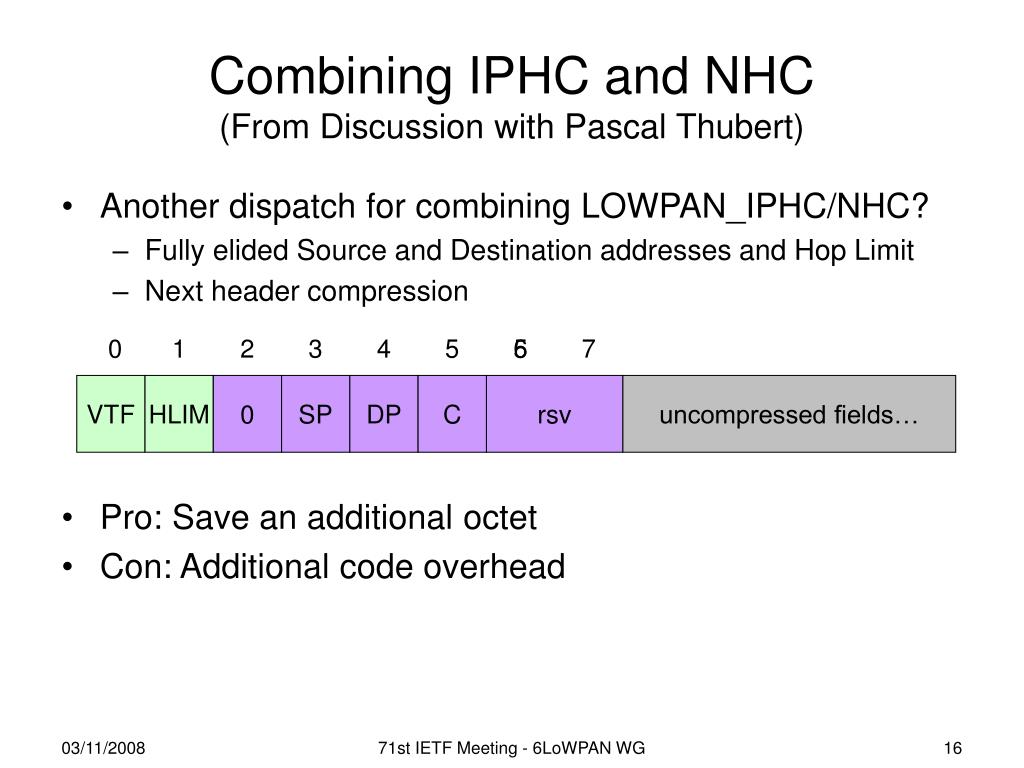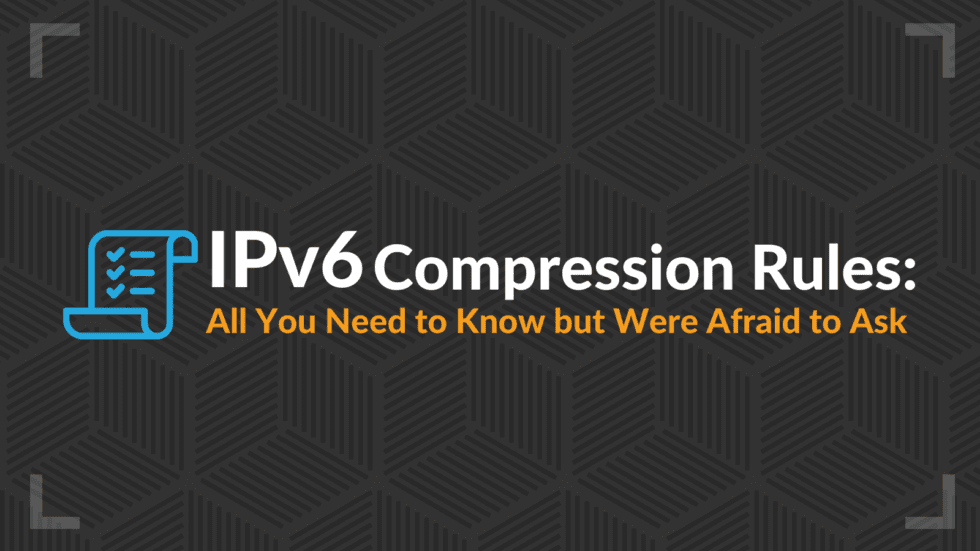

For detailed configuration instructions, click Help on that page. The IPv6 address for interfaces can be configured in the WAN IPv6 Configuration, LAN IPv6 Configuration, and Management IPv6 Configuration sections. When IPv6 is enabled, the Barracuda Web Application Firewall accepts both IPv4 and IPv6 traffic. By default, the Barracuda Web Application Firewall accepts traffic only from IPv4 networks, and drops all IPv6 traffic. Only then can you connect to an IPv6 network. Configuring the Barracuda Web Application Firewall with IPv6 Addressesīefore configuring IPv6 services, you must assign IPv6 addresses to the interfaces on the BASIC > IP Configuration page. To synchronize IPv6 configuration, set Enable IPv6 to Yes on both the units. If the units are in a cluster, the IPv6 configuration does not synchronize if one of the units is IPv6 enabled and the other is disabled. Configuring the Barracuda Web Application Firewall with IPv6 addresses.

Before configuring IPv6 Services, read the following: The current firmware release (7.6) provides only basic IPv6 features. The Barracuda Web Application Firewall supports Internet Protocol Version 6 (IPv6) along with its predecessor IPv4. The double-colon can be used only once to compress an IPv6 address, either in the beginning, middle or end.Įxample: FEDC::FEDC:E4BF:100:10 is equivalent to FEDC:0000:0000:0000:FEDC:E4BF:100:10 IPv6 Support in Barracuda Web Application Firewall

These zeros can be further compressed and replaced with double-colon (::) to make IPv6 address notation less cumbersome.

The leading zeros can be omitted within each 16-bit hexadecimal block, and written as 0 instead of 0000, 100 instead of 0100 and 10 instead of 0010. IPv6 addresses are represented as eight 16-bit hexadecimal blocks separated by colons (:).Įxample: FEDC:0000:0000:0000:FEDC:E4BF:0100:0010


 0 kommentar(er)
0 kommentar(er)
